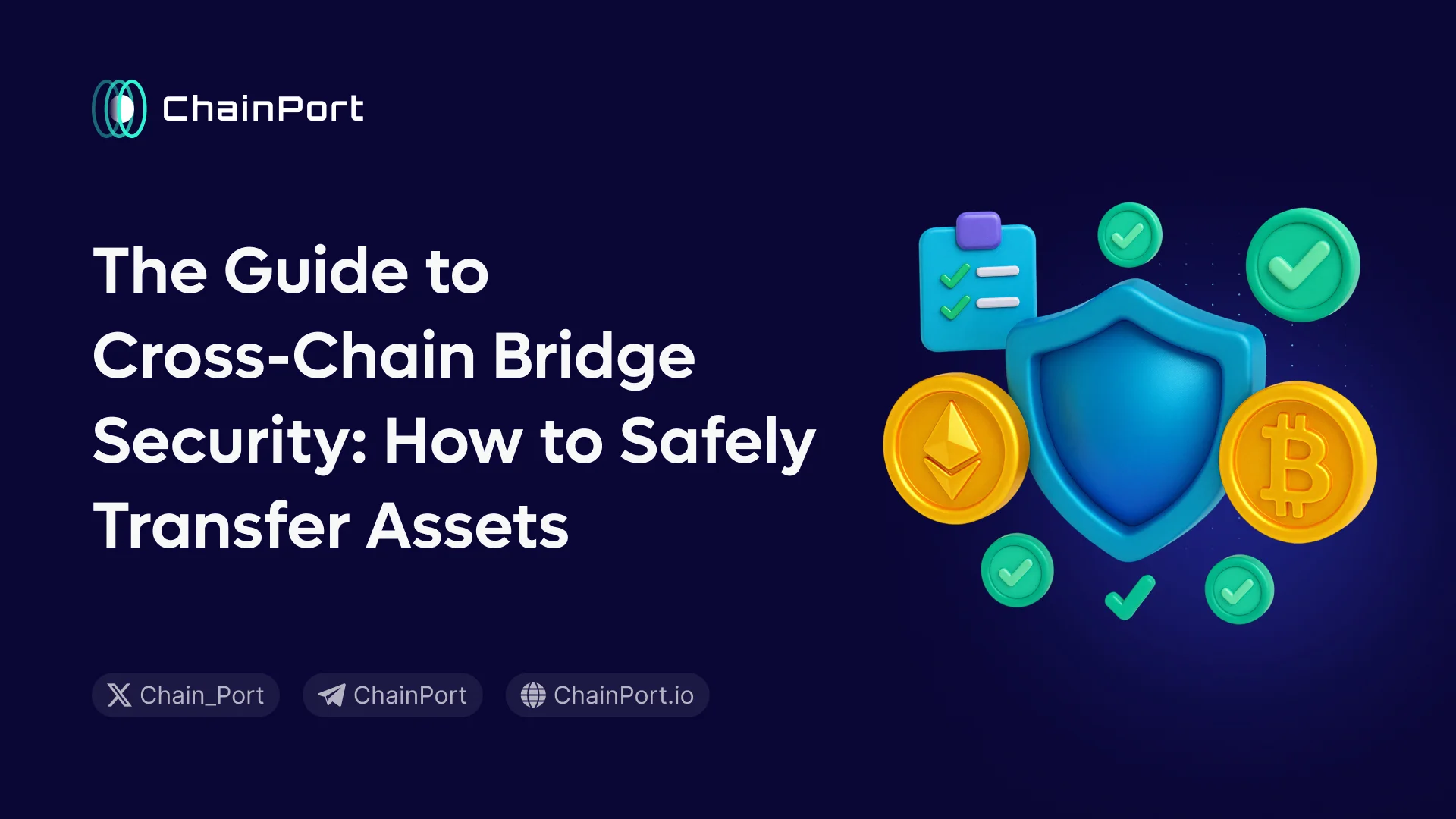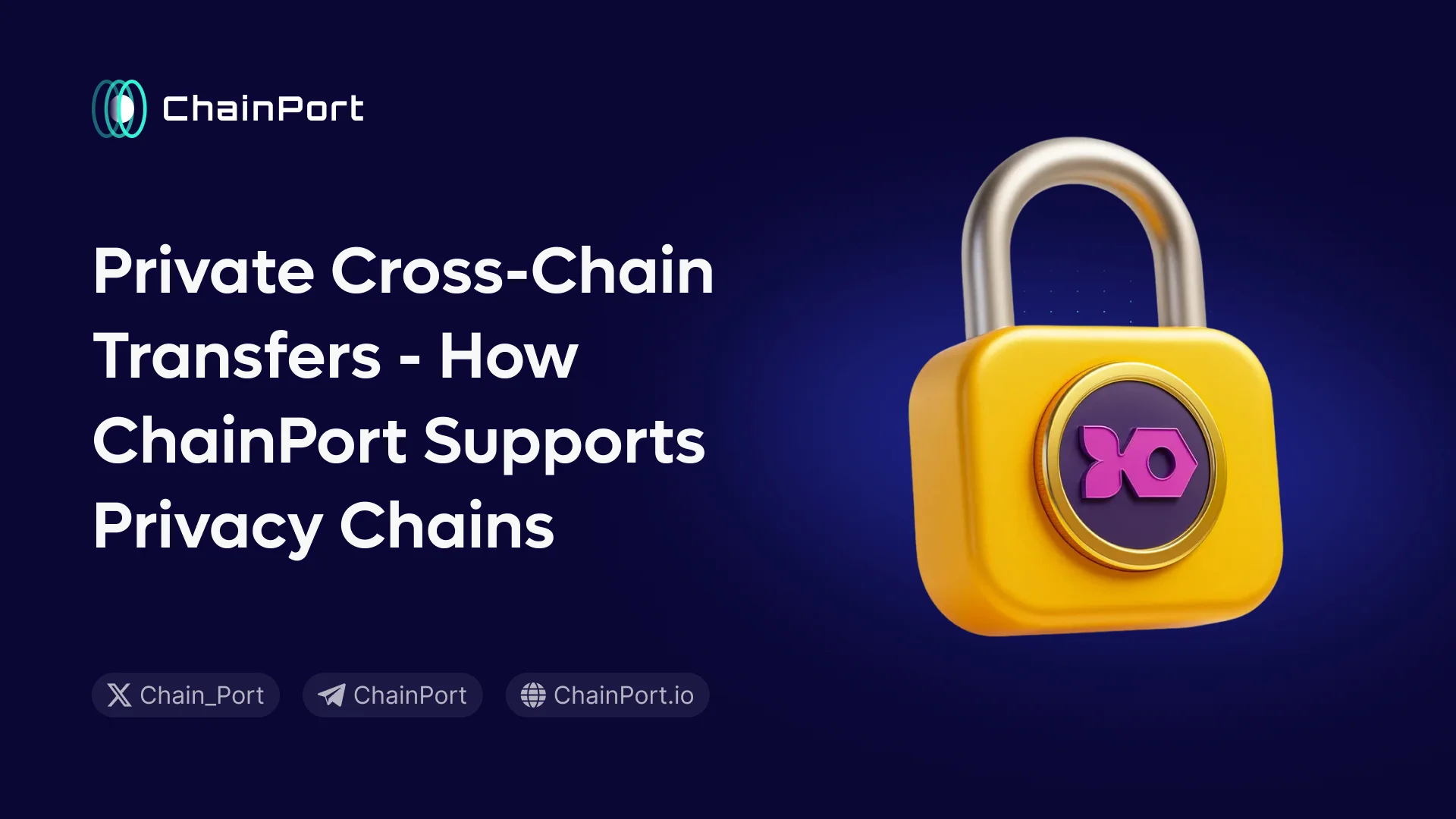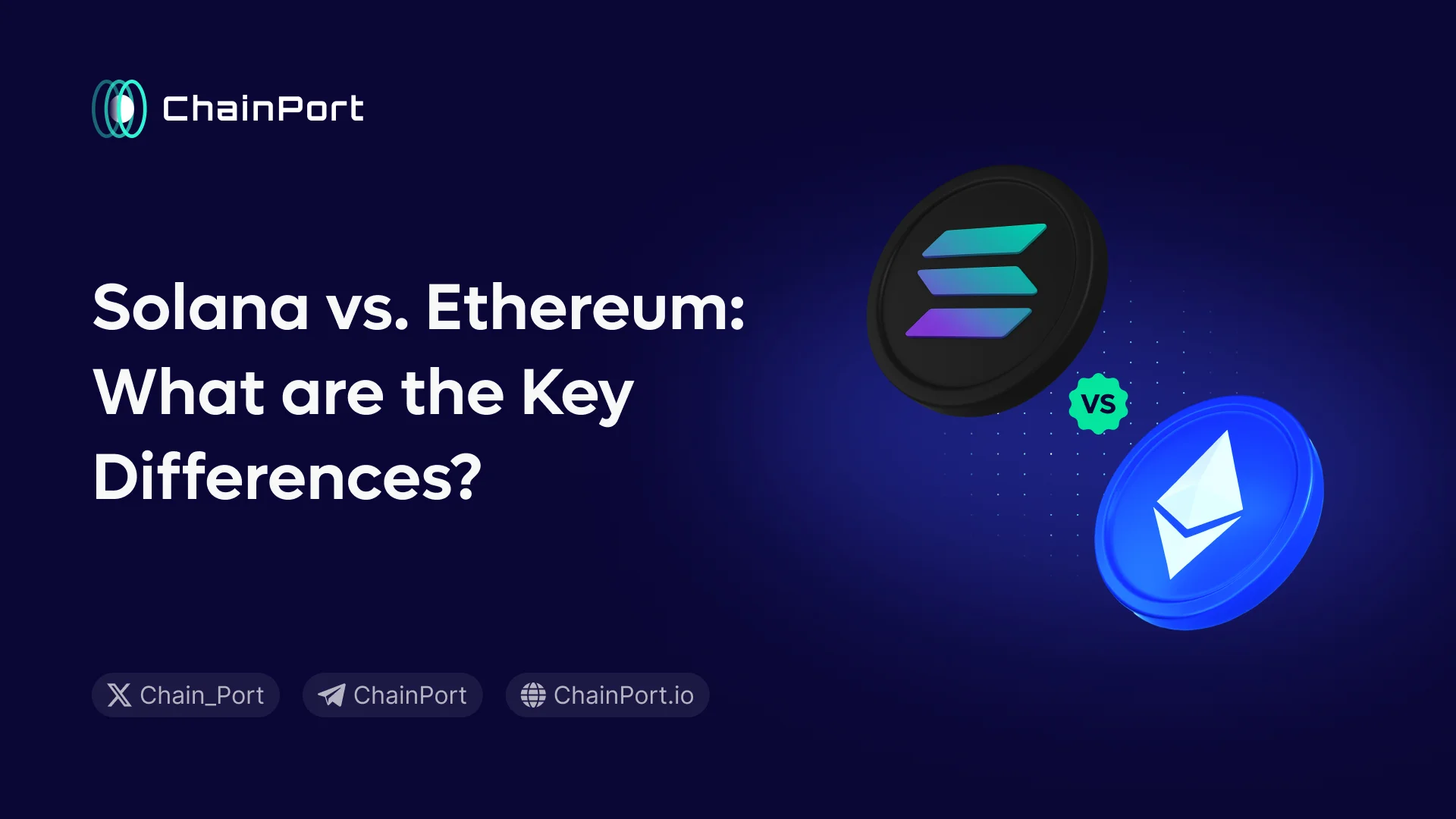tl;dr
- Cross-chain bridges are a major target for billion-dollar hacks, so user caution is essential to protect your funds.
- Common risks include smart contract bugs, compromised private keys on centralized bridges, and malicious "rug pull" sites designed to steal your assets.
- Before bridging, always research the platform's reputation and check for recent, independent security audits from firms like Certik or PeckShield.
- Crucially, verify that the token you're sending has sufficient liquidity on the destination chain by checking a major decentralized exchange (DEX), such as Uniswap. Otherwise, your assets could become stuck or untradeable.
- For maximum security, always use a hardware wallet to approve transactions, send a small test amount first, and revoke permissions using a tool like Revoke.cash after you're finished.
A Brief Introduction to Cross-Chain Security
Cross-chain bridges have unlocked incredible interoperability, allowing users to move assets easily between blockchains, but they’ve also been the target of billion-dollar hacks. Every bridge transaction carries risk if you don’t take the right precautions. From malicious contracts to compromised validators, even a small mistake can put your funds in danger.
This guide will walk you through a comprehensive checklist of best practices for bridging safely. This includes verifying contract addresses to choosing reputable platforms and using secure wallets. Whether you’re a DeFi pro or a first-time bridger, these steps will help keep your assets protected every time.
Understanding the Stakes: Why Bridge Security is Non-Negotiable
Cross-chain bridges are the backbone of Web3 interoperability, but they’re also one of its biggest vulnerabilities. The 2023 Multichain collapse is a sobering reminder: what began as a leading interoperability solution with over $1B in TVL ended with a $125M exploit, vanishing leadership, and a complete shutdown.
Incidents like this highlight what’s truly at risk, not just user funds, but also the stability of entire DeFi ecosystems. While bridge protocols continue to evolve, user diligence remains the first and most crucial line of defense.
Always verify the bridge, its URL, the contracts, and smart contract audits. In DeFi, trust must be earned, not assumed.
3 Common Cross-Chain Bridge Vulnerabilities
Cross-chain bridges play a vital role in Web3, but they’re also prime targets for hackers. Here are three of the most common bridge vulnerabilities every crypto user should know.
Smart Contract Exploits
Bridges rely on smart contracts, and even a small bug can lead to massive losses. In 2022, the Nomad Bridge exploit drained over $190 million after a coding flaw allowed anyone to copy a valid transaction and steal funds.
Private Key Compromise
Some bridges depend on centralized control keys. When these keys are compromised, it’s game over. In 2023, the Multichain bridge suffered a $120 million loss after its founder disappeared with its keys, leaving funds vulnerable.
Rug Pulls & Malicious Bridges
Scammers often create fake bridges to trick users. These phishing sites mimic legitimate ones, with nearly identical URLs, and are even promoted via Google ads to steal funds.
The Security Checklist: 7 Essential Steps Before You Bridge
This section forms the core actionable part of the guide, providing a step-by-step checklist to minimize risks when bridging assets across blockchains. Follow these before initiating any transfer.
Step 1: Research the Bridge's Reputation and History
Start by vetting the bridge thoroughly. Check the project's official social media channels (e.g., Twitter, Discord) for community sentiment and announcements. Read user reviews on forums like Reddit. Search for any history of security incidents via Google or news sites, and avoid bridges with past hacks or exploits, as they indicate vulnerabilities.
Step 2: Look for Independent Security Audits
A security audit is an external review by firms like Certik or PeckShield, examining smart contracts for bugs, vulnerabilities, and exploits. It's crucial because unaudited code can lead to financial losses. Find reports on the project's website, GitHub repository, or audit aggregators like AuditBase. Ensure audits are recent (within 6-12 months) and address all components.
Step 3: Understand the Bridge's Architecture
Bridges vary: Custodian-based (e.g., centralized like Wormhole) rely on trusted entities, risking single-point failures or censorship. Trustless (e.g., layer-zero protocols) use smart contracts and validators for decentralization, offering better security but potential consensus risks. Review whitepapers to assess which fits your risk tolerance—opt for trustless where possible.
Step 4: Verify Token Liquidity on the Target Chain
Bridging to a chain without liquidity renders assets unusable: you can't trade, face massive slippage, or get stuck with illiquid tokens, trapping funds.
To check, visit a leading DEX on the target (e.g., Uniswap on Ethereum, PancakeSwap on BNB). Get the official bridged token contract from project docs or CoinGecko and never trust unverified sources.
Search the pool (e.g., token/USDC) and assess depth. Aim for $1M+ liquidity to ensure smooth trades without price impact.
Step 5: Always Use a Hardware Wallet
Sign transactions with a hardware wallet like Ledger or Trezor to isolate private keys offline. This shields against malware, phishing, or keyloggers on your computer, ensuring even compromised devices can't steal funds during approval or bridging.
Step 6: Perform a Small Test Transaction First
Always bridge a tiny amount (e.g., $10-50 worth) first. This verifies the process, confirms funds arrive correctly on the target chain, and tests withdrawal if needed, catching issues like delays or errors without risking your main stack.
Step 7: Revoke Smart Contract Approvals After Use
Token approvals grant bridges unlimited spending access to your assets via smart contracts, posing risks if the contract is hacked or malicious—funds could be drained later. After bridging, revoke approvals using tools like Revoke.cash (https://revoke.cash). Connect your wallet, scan for active approvals, and revoke unnecessary ones to regain control.
How ChainPort Puts Security First
Here’s how we address the security points mentioned above. ChainPort aligns with best practices by undergoing multiple independent audits from leading firms like Certik, Cyber Unit, and Trail of Bits, ensuring our smart contracts are rigorously vetted for vulnerabilities.
For architecture, we offer both custodial and non-custodial bridging options, including trust-minimized lock-and-mint mechanisms. In this mechanism, ~95% of assets are custodied in segregated cold storage via Fireblocks' multi-party computation (MPC) with hardware isolation and Gnosis Safe multi-sig wallets. This eliminates single points of failure, protecting against hacks and errors while maintaining efficiency.
We enhance reputation transparency through public dashboards and proof-of-reserves. With these measures, ChainPort delivers secure, smooth cross-chain transfers across 25+ networks.






